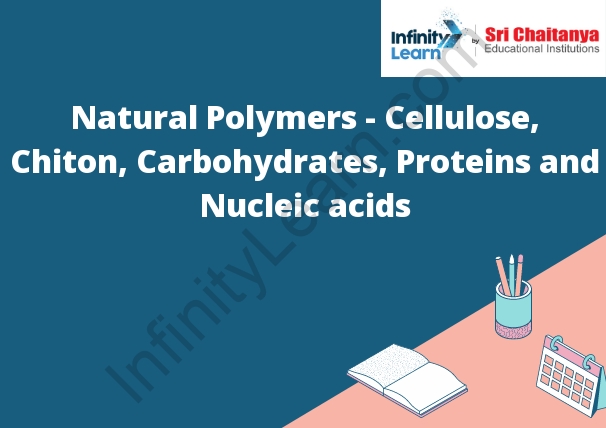Table of Contents
Natural Polymers – Cellulose, Chiton, Carbohydrates, Proteins and Nucleic acids
Cellulose is a natural polymer that is found in the cell walls of plants. It is a carbohydrate that is made up of long chains of glucose molecules. Chiton is a natural polymer that is found in the shells of marine animals. It is made up of long chains of chitin molecules. Carbohydrates are natural polymers that are made up of chains of sugar molecules. Proteins are natural polymers that are made up of chains of amino acids. Nucleic acids are natural polymers that are made up of chains of nucleotides.

Classification of living things
There are three domains of life: Bacteria, Archaea, and Eukarya.
Bacteria are single-celled organisms that lack a nucleus and other membrane-bound organelles.
Archaea are single-celled organisms that lack a nucleus and other membrane-bound organelles, and they are distinguished by their unique DNA sequences.
Eukarya are organisms that have a nucleus and other membrane-bound organelles. This domain includes all plants, animals, and fungi.
Synthetic Polymers
A synthetic polymer is a polymer that is artificially made, as opposed to a polymer that occurs naturally. Synthetic polymers are often made from petrochemicals, and they are used in a wide variety of applications, from plastics and textiles to construction materials and medical implants.
Copolymerisation
Copolymerisation is a type of polymerization reaction that results in the formation of a polymer made from two or more different monomers. In copolymerization, two or more different monomers are combined to form a polymer chain. Each monomer unit in the chain is attached to a different other monomer unit.
Biodegradable Polymers
Polyhydroxyalkanoates (PHAs) are a class of biodegradable polyesters produced by certain bacteria, including some strains of Escherichia coli, Bacillus subtilis, and Pseudomonas putida. PHAs are produced from renewable resources such as glucose, sucrose, or lactose. These polymers are biodegradable and have a wide range of applications.
PHAs are generally produced in anaerobic conditions, which favors the production of PHB, PHV, and PHaM, three of the most common PHAs.
The physical and mechanical properties of PHAs depend on the polymer’s chain length and degree of crystallinity. Short-chain PHAs are amorphous, whereas long-chain PHAs are semi-crystalline. The crystallinity of PHAs can be increased by cooling the polymer below its glass transition temperature.
PHAs are biodegradable and can be composted under aerobic or anaerobic conditions.
PHAs have a variety of applications, including:
– Biodegradable plastics
– Medical implants
– Drug delivery systems
– Agricultural mulch films
– Cosmetics







